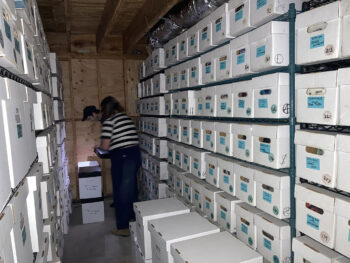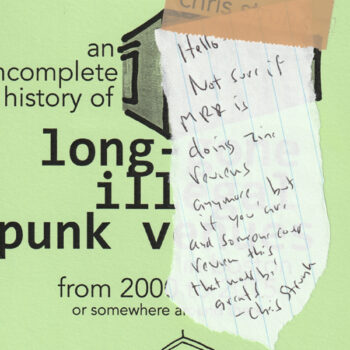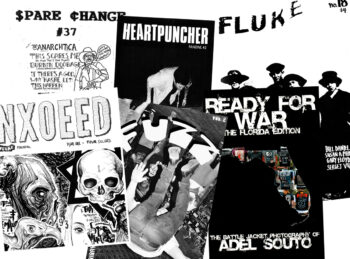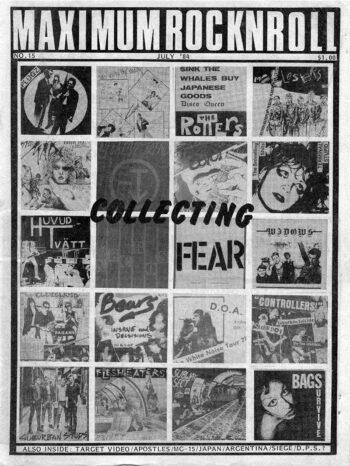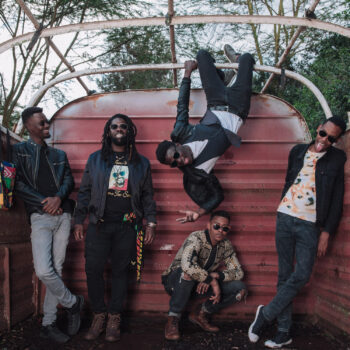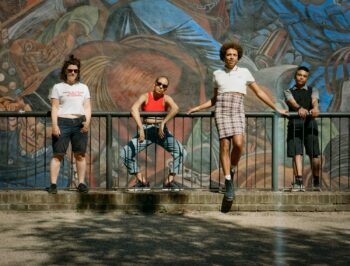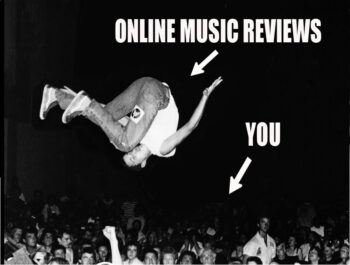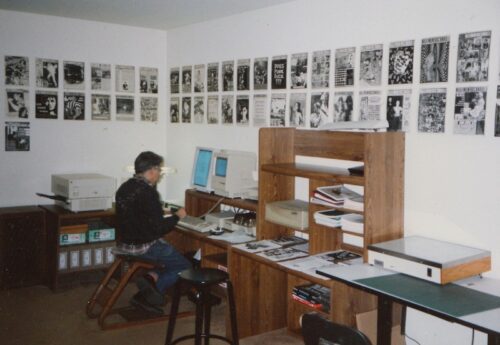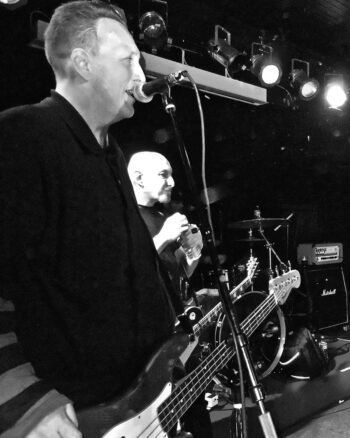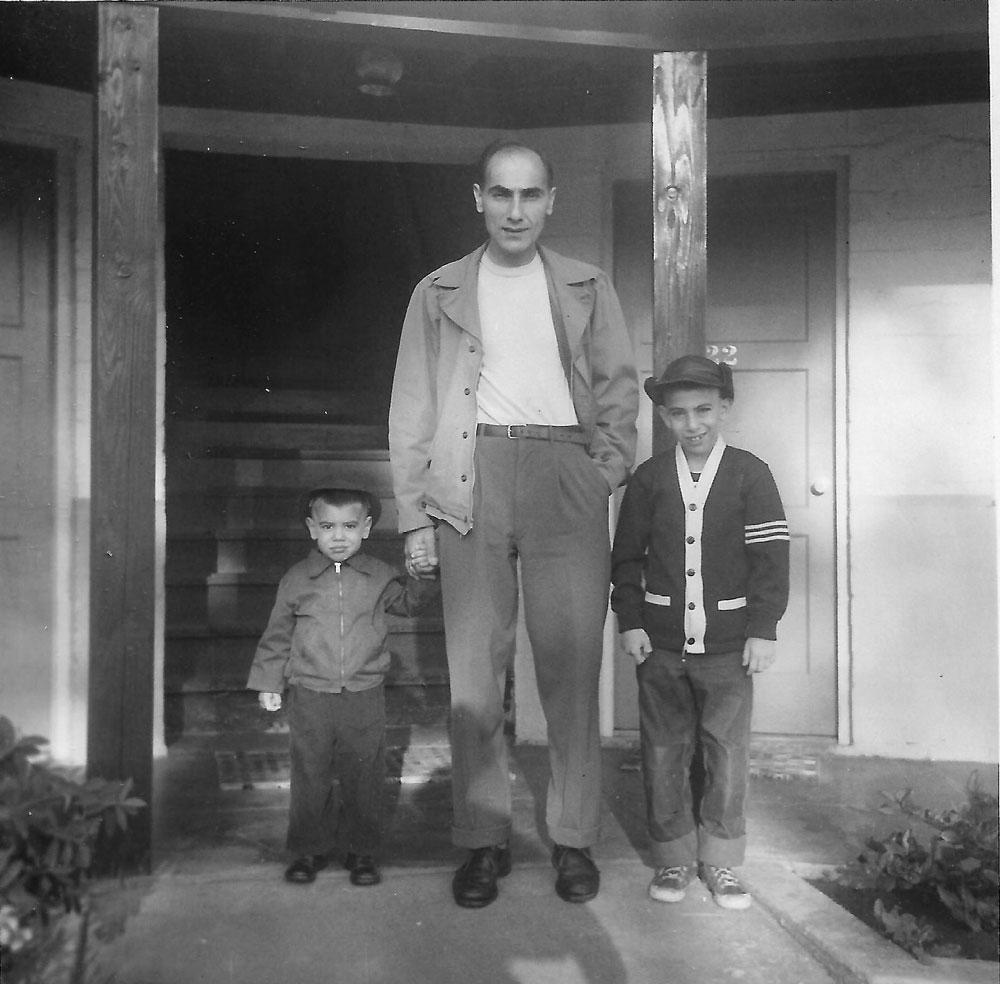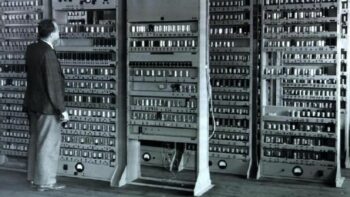Create to Destroy! Filmmaker Al Lujan
I met Al Lujan of the CLN/SBR/PNX documentary project through a mutual friend, who gave me Al’s card and said, “Get in touch with him, you’d be perfect for this documentary.” Al showed up to my house with a camera and we hit it off instantly. I was inspired by his dedication to this project and all the support he’s gotten from the recovery community in the Bay Area. Here is Al Lujan interviewed by Amelia Anok…
What was your first punk show?
My first punk show was in Hollywood in the early 1980s when I was 15. It was the lineup of the century! I don’t remember all of the bands who played but I know CIRCLE JERKS, WASTED YOUTH, BLACK FLAG, and TSOL were there. Until that night, I only ever hung out at gigs in parking lots or on the street drinking. I never had enough money to drink and see the show, so I usually chose to drink and bum change.
I had a friend, Billy. Billy was a dick, but he had a car and elderly parents that didn’t notice when he went out, so I put up with him. A week before, I asked him for a ride and he said his car was already full. I told this girl at school that had a crush on me about the show and she said her older sisters would take us.
We walk up to the venue and there were hundreds of punks hanging out front because it was sold out. Her older Chicana twin sisters from UCLA were like, “Hell no! We’re going to O’Farrell’s for sundaes.” In a split second I decided that I had been a good son for too long. It was my turn to cause my mother anguish.
So I ditched them and traded their tickets for vodka and black beauties. I had the best fucking time at my first show! At the end of the night, Billy was still being a dick and I still didn’t have a ride home. I decided that to survive I would have to become a hustler. So I walked over to Boy’s Town and propped myself at a bus stop and waited and waited. Cars would pull up, take a look at me, with my blue hair and spiky leather jacket and drive away. The other hustlers took pity on me and kept me as their mascot or something. We did speedballs and drank high-octane wine.
By Monday, I was missing my home, hot shower, warm bed and meals that didn’t come from the Krishna temple on Sunset. So I went home. I was still high. My mother hugged me and he told me that Billy had crashed his car that Friday night. He was in the ICU all weekend and had eventually succumbed to his injuries the night before. Not only was I not in trouble but I was being comforted, consoled and forgiven.
That was intense! You know a real punk when they can remember every detail of their first show just like you know a real drunk when they remember everything about their first drink! So, are there any punk films that were really important to you?
Well, Penelope Spheeris’s The Decline of Western Civilization was our holy grail, followed by The Great Rock ‘n’ Roll Swindle and A Clockwork Orange. I even remember a group of guys who went around Hollywood, taking themselves way too seriously, dressed as Droogs.
How did you discover that you wanted to use film as a medium?
I wanted to be an artist from day one. I wasn’t sure how this was accomplished, so I just started doing what I wanted. I’m untrained and unschooled, but my nature is to jump into what inspires me. I’ve been a writer, a sculptor, performer, painter, photographer and a filmmaker. Film is the perfect intersection of all those media. For this project, film is the best way to get across what I wanted. I couldn’t convey the stories I’ve heard without having the folks speak to their own experiences.
Why do you find doing a documentary on sober punks so be so import?
I never saw the sober or normal drinkers at shows. I couldn’t spot them if you gave me a map. I also gravitated and emulated the most fucked up people in the room. The rest were invisible to me! Early on, when friends started to voice their displeasure, not concern, about my drinking I thought I was badass and that they were pussies. Now I want to show the courage it takes to come into the scene and say, “Fuck that, I am a part of this scene and I don’t have to destroy my life and those around me to be a punk, and I don’t have to change who I am.” What’s more punk than swimming against the stream? These are stories of survival at all odds.
What do you mean by “clean” and “sober”?
In the same way that I cannot tell anyone they are an addict, I can’t say that anyone is clean or sober. That is for them to determine. This is a broad interpretation for a broad section of this population. I know that there are folks who feel that taking pain medication for legitimate pain is not being clean. That medicinal marijuana is okay. I can’t say and I don’t want to judge. In the simplest terms that I can convey, as it applies to my own life, any substance that takes precedence in my life and relationships in an unhealthy way is an addiction. Length of time in absence of whatever substance affects you does not determine sobriety…
Do you think the absence of self-destruction takes away from the validity of clean and sober punk?
Punk spoke to and speaks to change. To dissatisfaction and anger in the system, the state of affairs, and in the lies we were fed. Where were we told that we had to give up on changing the system and die? Yeah, I know there will be 209,742,095,093 posts that cite lyrics that say we should go ahead and give up because there is “no future.” But are there songs that mention using drugs and alcohol to achieve that change?

When did you start thinking about doing this documentary?
Spring 2013, for purely selfish reasons. I wanted to take a road trip to that fest in Las Vegas, Punk Rock Bowling, with a sober friend, who has since relapsed. I wanted to be in this crazy environment and have folks to rely on and to support me in my then-fresh sobriety. I created a “Sober Road Trip” page on Facebook to attract like-minded people to come out, meet and support each other. Two buddies signed on and many others from all around agreed. I figured, “Hey, a car full of sober punks driving to and from Sin City would make a good road trip movie!” Once there, I hadn’t anticipated the distraction of Vegas. The festival had us all over the place. I realized with our first interview, with Sean Wheeler of THROWRAG and Sean and Zander, that this was the direction we should go.
Who has been helping you?
Initially I roped Krackamya and Sam to shoot and light in Vegas. Back home, I was blessed to have cineaste Randy Collins step in as cameraman and lighting tech. This is seriously DIY, and as we prove our mettle we attract the talents of more experienced filmmakers.
What type of equipment do you use?
We are shooting on an old Canon GL1 camera from ’99 on mini digital. It’s proved to be a challenge in transferring to digital, but where there’s a will hopefully there’s a way!
How did you learn to use a camera?
Error and trial…in that order!
When do you think the movie will be ready?
Springtime 2014 is my goal.
How can we follow your progress?
Right now, I have a Facebook page, CLN SBR PNX, where you can see the progress of the project and see pics of who I’ve interviewed so far.
How much time do you devote a day to this endeavor?
I hope my employer doesn’t read this but a lot. There have been many late nights, but I’m blessed that part of my research is getting to go to gigs and talk to folks and support the bands.
Is this project costing a lot of money?
Pre-production is fairly costly but doable on my credit card. Post-production is a different story. But I am confident that we will meet our fundraising goals!
How can we donate?
Keep your eyes open for our crowd-sourced fundraising campaign on our Facebook page.
If you are in the Bay Area: Fundraiser, the premier of our CLN/SBR/PNX trailer is at the New Parkway Theater October 20th 3:30—5:30, with live acoustic performances by Mick Leonardy and GRIT & GOLD. Spoken word and DJ sets by Joey Landmine. There will also be a raffle, prizes, food, fun and punk fucking rock!
Any last words?
Yes, I am grateful to the participants in this project and the sober punks out in the scene that give me the strength to get out there again. In this documentary, we will also touch on the straightedge scene and the Gilman Street Project, not just individual experiences—but as a disclaimer, we are not associated with either scene. Also, not all participants in this documentary should be assumed clean and/or sober neither be assumed to have drinking or drug issues.

